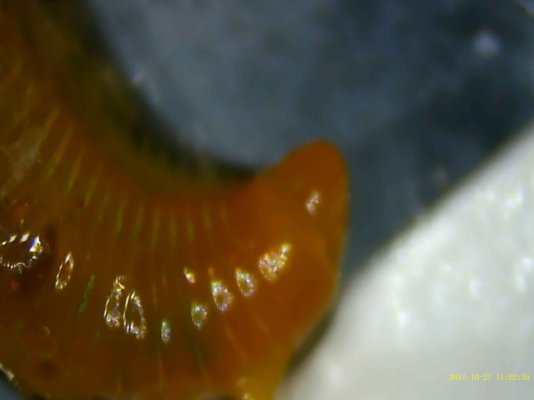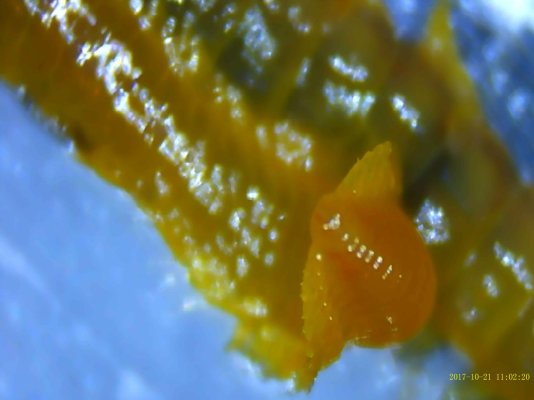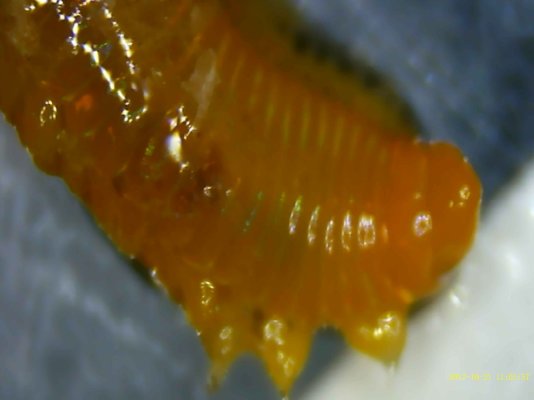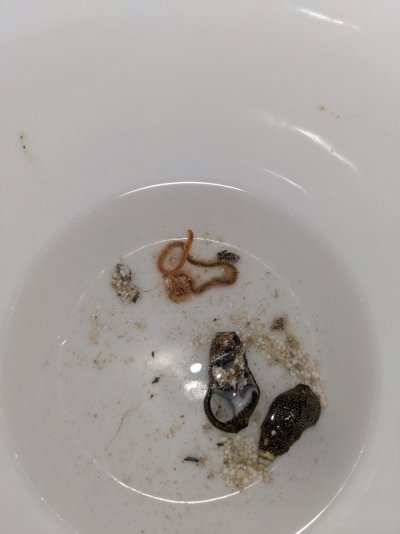Hello,
I have these worms in my tank and I cant figure out what type of worm they are. They are FAST and hide 99% of the time. I haven't seen them do anything bad though I do not like them. They are carnivorous as far as I can tell as when I had a fish die I saw multiple of these worms floating vertically eating the corpse (They did not kill the fish I knew it was going to die due to other reasons the night before).
The only way I have ever caught them has been by picking up the rock or shell they are hiding in. I have had little success with traps. They are honestly the reason I purchased my microscope. They also do not seem to like light.
I have removed them as much as possible but there are 100% more.
Below are pictures and videos of the worm under the microscope. I have one sample remaining (I got lucky and caught 2) in case I need to provide other angles etc...
I think it might be Oenone Fulgida but im unsure. (I really hope its not as I have no idea how I would remove them...)
Let me know what you all think.
(The video was too large to process so I am going to post it to my google drive and make it public)
Video Link:




I have these worms in my tank and I cant figure out what type of worm they are. They are FAST and hide 99% of the time. I haven't seen them do anything bad though I do not like them. They are carnivorous as far as I can tell as when I had a fish die I saw multiple of these worms floating vertically eating the corpse (They did not kill the fish I knew it was going to die due to other reasons the night before).
The only way I have ever caught them has been by picking up the rock or shell they are hiding in. I have had little success with traps. They are honestly the reason I purchased my microscope. They also do not seem to like light.
I have removed them as much as possible but there are 100% more.
Below are pictures and videos of the worm under the microscope. I have one sample remaining (I got lucky and caught 2) in case I need to provide other angles etc...
I think it might be Oenone Fulgida but im unsure. (I really hope its not as I have no idea how I would remove them...)
Let me know what you all think.
(The video was too large to process so I am going to post it to my google drive and make it public)
Video Link:





















